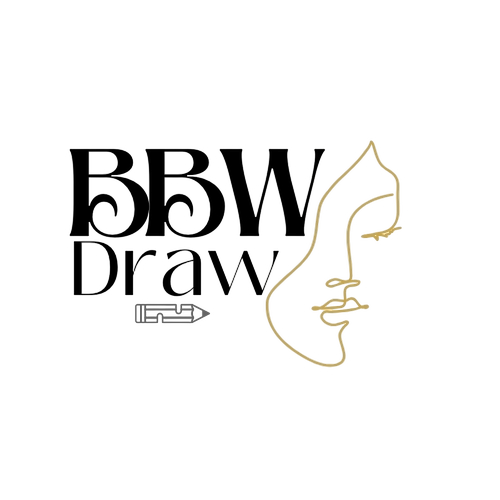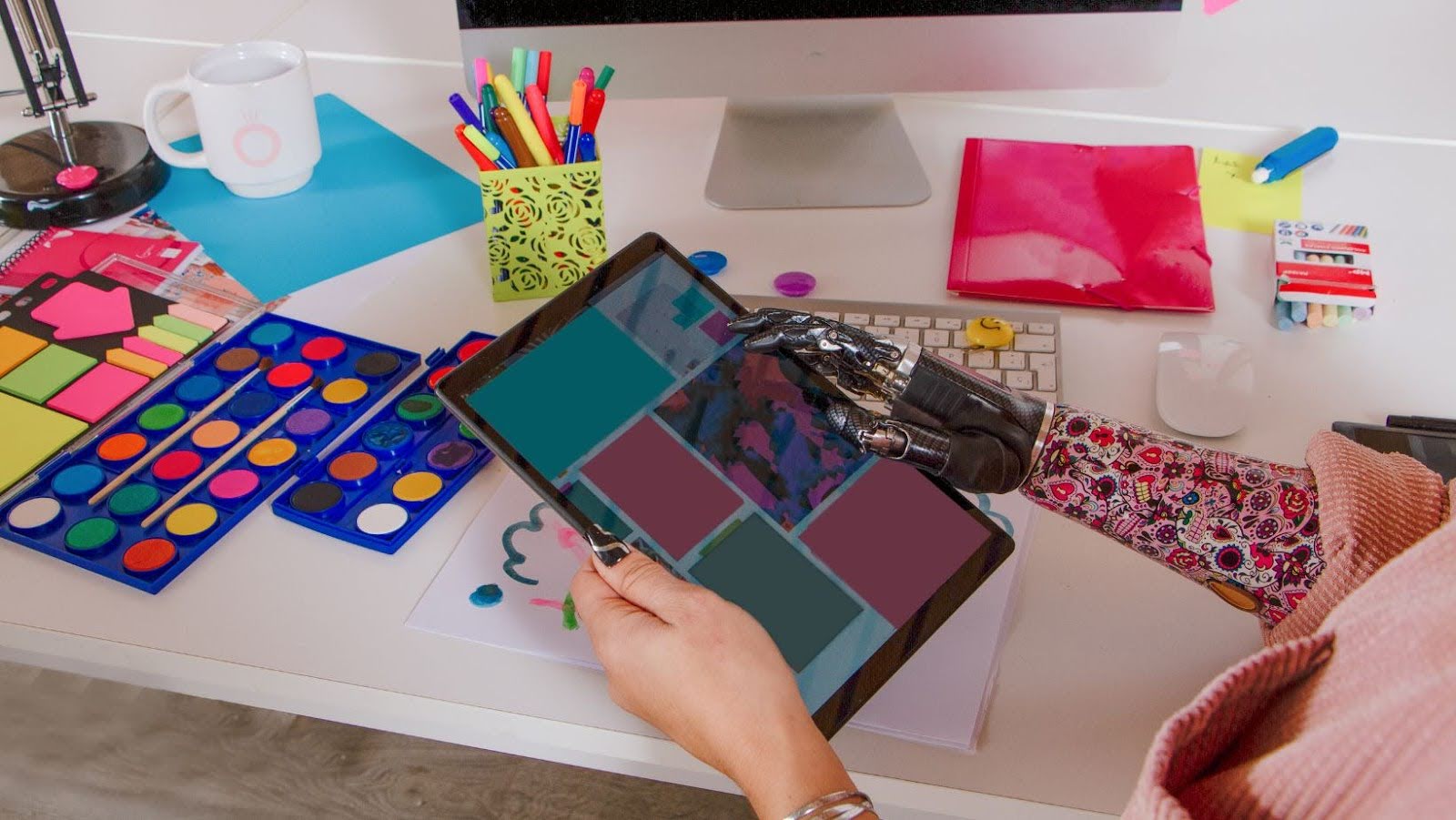The world of digital art has always been at the forefront of technological innovation. From the earliest days of pixelated creations to today’s hyper-realistic, algorithm-driven masterpieces, artists have continually embraced new tools and mediums. One of the most transformative shifts in recent years has been the rise of artificial intelligence in the creative process. As machines learn to mimic, augment, and even originate human-like creativity, the boundaries of digital artistry are being redefined in remarkable ways.
The Early Days: Algorithms and Abstraction
AI’s initial foray into the arts was far from sophisticated. In the 1960s and 1970s, computer-generated art was largely confined to abstract shapes and repetitive patterns. Artists like Harold Cohen experimented with rule-based systems, instructing machines to follow specific visual commands. Cohen’s creation, AARON, is often cited as one of the first examples of AI-assisted artwork. Although primitive by today’s standards, these early experiments laid the foundation for what would become a profound symbiosis between man and machine.
Machine Learning and Artistic Expression
The next significant leap came with the advent of machine learning and neural networks. Unlike rule-based systems, machine learning models can be trained on vast datasets of existing artwork, allowing them to “learn” styles, techniques, and even emotional tones. This ushered in a new era where AI was no longer a mere assistant but an active participant in the creative process.
Tools and platforms based on deep learning algorithms began to emerge, enabling artists to input sketches, photographs, or textual prompts and receive stylistically transformed outputs. Some systems could replicate the brushwork of Van Gogh or the surrealism of Dali, making it possible for anyone to experiment with artistic styles previously accessible only to trained professionals.
Democratization of Creativity
One of the most compelling aspects of AI’s role in digital art is its democratizing power. Traditional art creation often requires years of training, access to expensive materials, or formal education. AI tools have disrupted this paradigm by making high-quality artistic output accessible to novices and professionals alike. Users with no prior artistic experience can now produce visually stunning images by leveraging intuitive, AI-powered platforms.
This shift has led to an explosion of creativity across social media, design platforms, and independent galleries. Artists are blending traditional techniques with AI-generated outputs, forging new styles that bridge the organic and the synthetic. This blending of approaches reflects a deeper philosophical conversation about authorship, originality, and the evolving definition of art.
The Role of the AI Art Generator in Modern Design
In recent years, the AI art generator has become a staple in digital design and creative industries. These tools allow users to input text prompts or reference images to produce original artwork that can be used in everything from advertising to game design. What once took hours of manual effort can now be achieved in seconds, freeing artists to focus more on ideation and refinement rather than execution.
Beyond speed and efficiency, these generators offer stylistic versatility. Want to convert a photo into a cyberpunk painting or a Renaissance-style portrait? The right generator can deliver nuanced results instantly. However, the ease of use has also sparked debates about artistic integrity and the fine line between inspiration and imitation.
New Mediums and Motion: The Expansion of AI into Video
While still images have long been the domain of AI experimentation, the technology is now making inroads into motion graphics and filmmaking. Advancements in generative models have enabled the creation of AI generated video, a revolutionary development in multimedia production. These videos are crafted by training models on vast video datasets, allowing AI to synthesize scenes, animate characters, and simulate camera movements without human direction.
This innovation has far-reaching implications, especially for content creators and marketers. It reduces the cost of production, lowers entry barriers for independent filmmakers, and offers unparalleled creative control. At the same time, it introduces challenges around authenticity, misinformation, and ethical content creation. As these tools grow more sophisticated, questions about consent, data sourcing, and attribution are becoming increasingly important.
Challenges and Controversies
As with any disruptive technology, the use of AI in digital art has sparked its share of controversies. Artists have expressed concerns about the unauthorized use of their work to train AI models. When a generator produces an image in a specific artist’s style without permission, it raises ethical and legal issues that are yet to be fully addressed.
There’s also the fear that AI will replace human artists entirely. While AI can certainly replicate styles and generate content, it lacks the lived experiences, emotions, and cultural contexts that shape human creativity. Most experts agree that rather than replacing artists, AI will serve as a powerful collaborator — a tool that expands the scope of what’s possible, rather than limiting artistic agency.
The Future of AI and Artistic Co-Creation
Looking ahead, the relationship between AI and digital art is poised to deepen. Multimodal systems that combine text, sound, and visuals are emerging, enabling richer and more interactive creations. Collaborative platforms that allow real-time co-creation between human and machine are also gaining traction.
Some artists are even integrating AI into the conceptual core of their work. By designing pieces that explore the nature of intelligence, perception, and machine bias, they are turning the tool itself into a subject of inquiry. In doing so, they’re not just creating art with AI — they’re creating art about AI.
Educational institutions are beginning to incorporate AI into art curriculums, training the next generation of creatives to think algorithmically and aesthetically. Museums and galleries are also recognizing AI art as a legitimate genre, curating exhibitions that showcase the evolving dialogue between technology and imagination.
Conclusion
From its humble beginnings in code-driven geometry to its current role as a co-creator of sophisticated imagery and immersive media, AI has radically transformed the digital art landscape.
It has empowered new voices, challenged traditional norms, and opened up unexplored aesthetic territories. While concerns around ethics, ownership, and originality remain, one thing is clear: the fusion of human creativity and machine intelligence is not a passing trend, but a defining feature of contemporary art.

